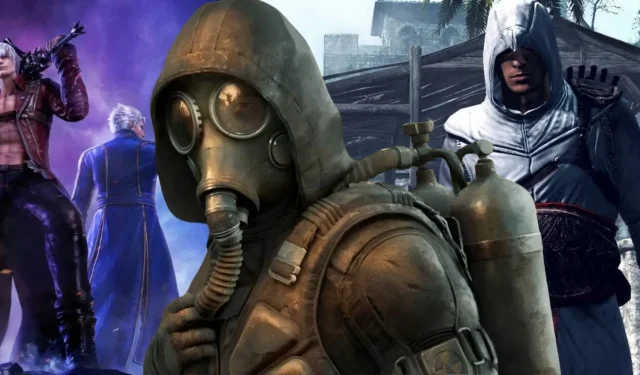Across the gaming landscape, inspiration often draws from a myriad of sources, including literature, cinema, and television. While some titles, such as The Witcher series, provide direct adaptations of written works, others—like Assassin’s Creed—seek a more nuanced approach, incorporating names, themes, and concepts from novels without being strict adaptations. Such instances illustrate how literary influences can shape the virtual worlds we explore, even if the connections are not immediately apparent.
This phenomenon extends beyond literary works; various video games have also found their muse in films and TV series without directly replicating their storylines. For example, both Max Payne and The Legend of Zelda: Link’s Awakening were inspired by the cult classic series, Twin Peaks. However, I will refrain from discussing games like Alan Wake, which overtly flaunt their literary roots.
10
STALKER’s Roots in Roadside Picnic
Exploration of The Zone and its Stalkers
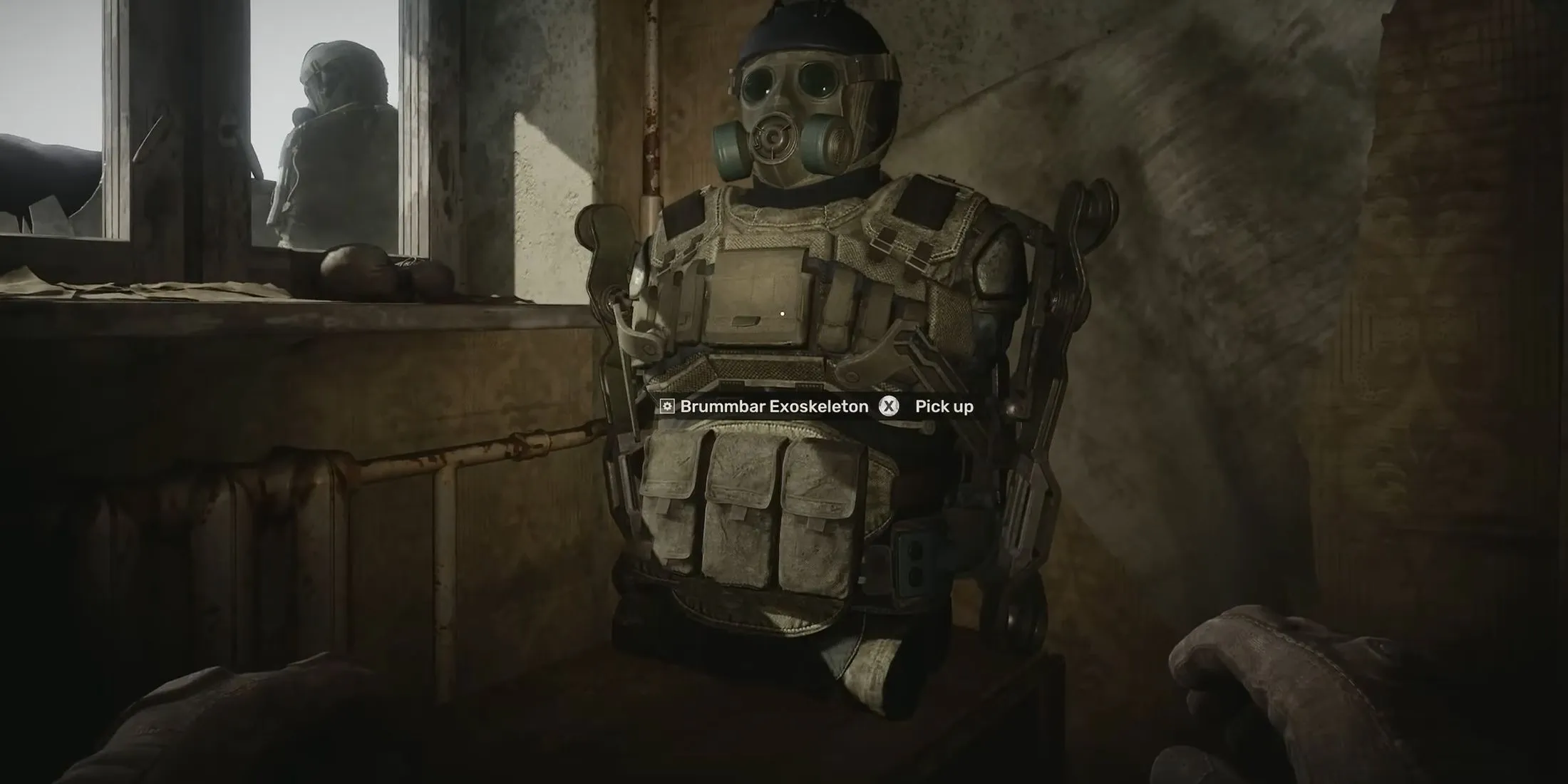
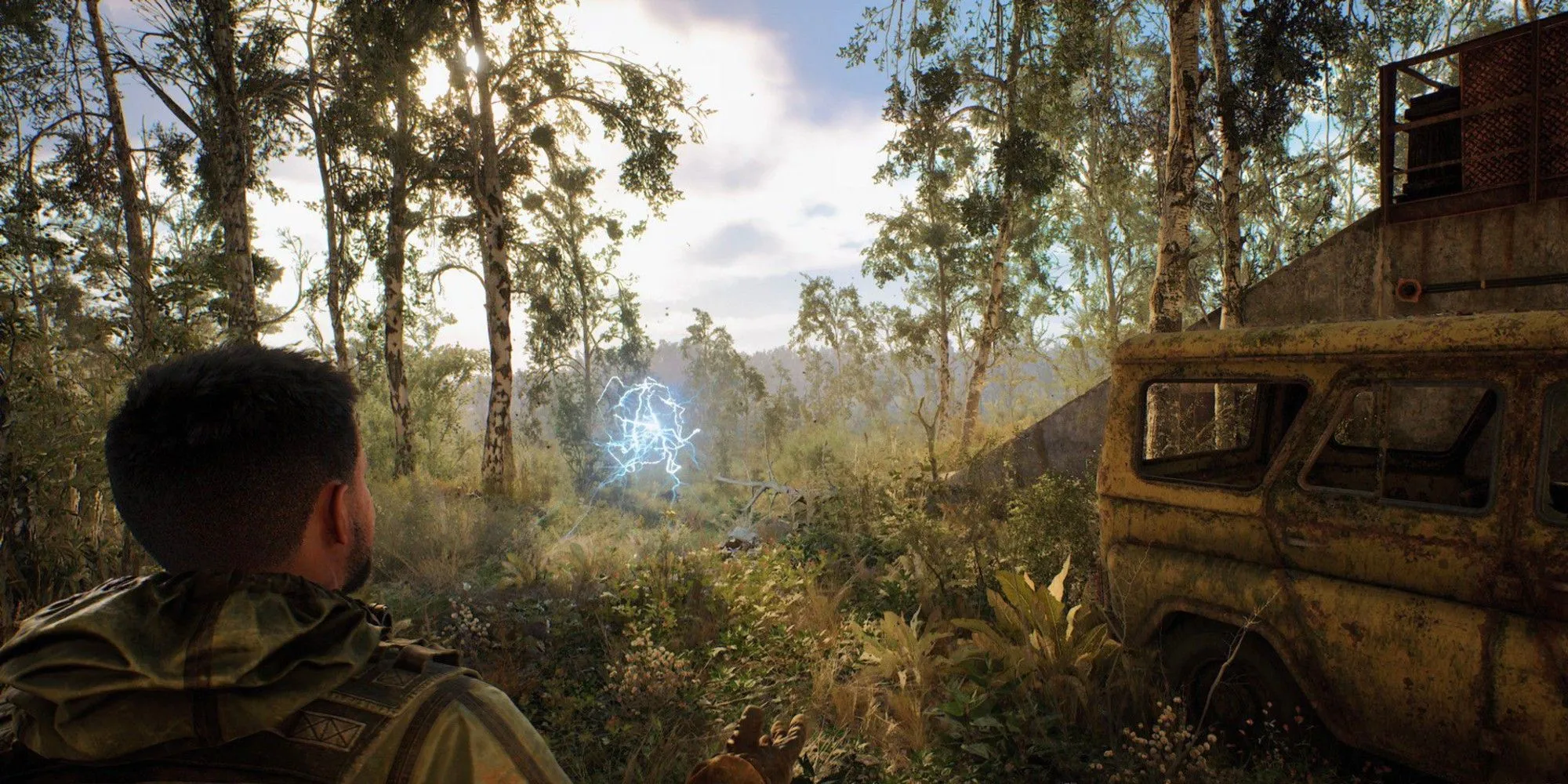
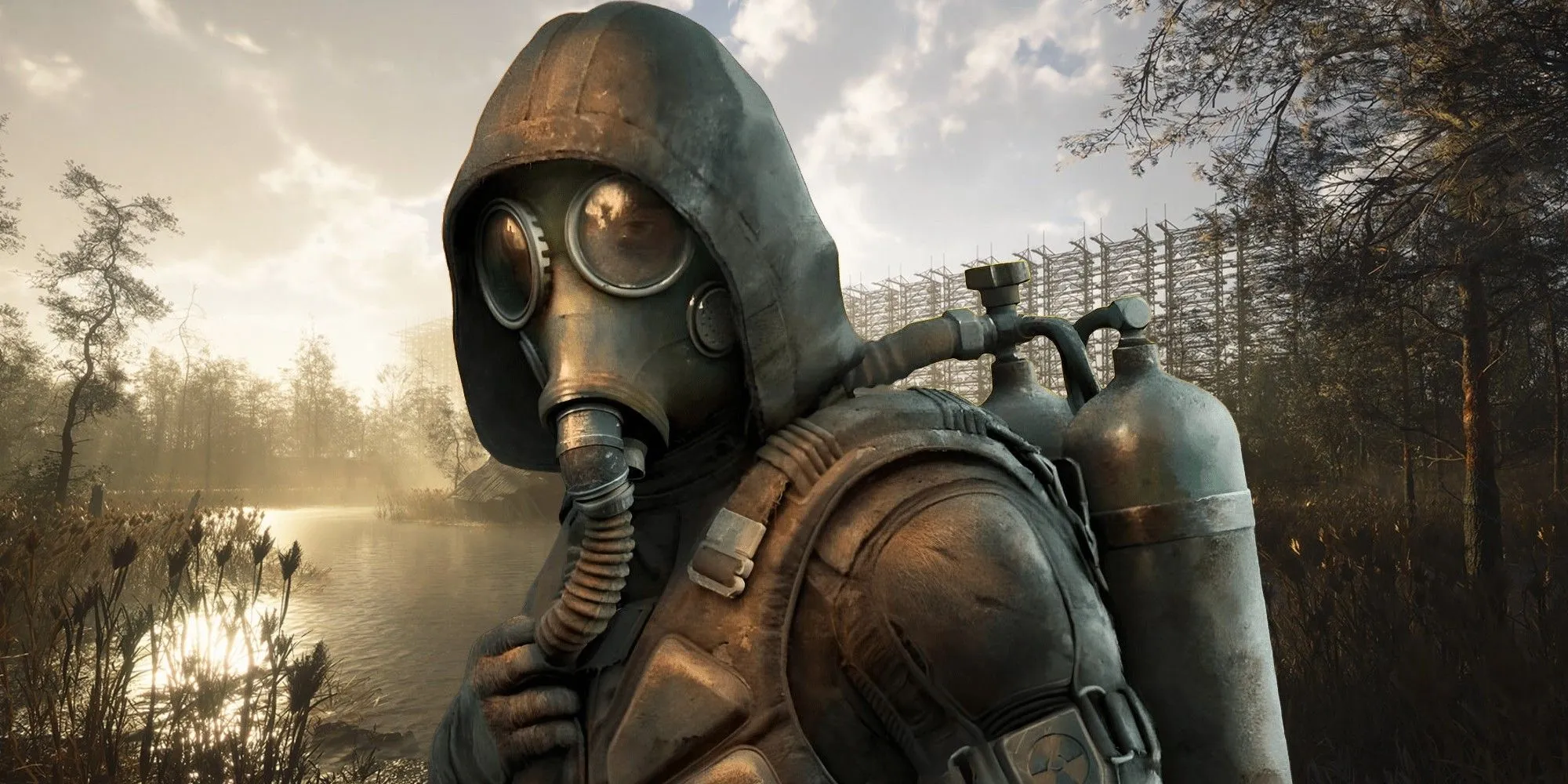
Many might recognize that the STALKER games draw inspiration from Andrei Tarkovsky’s film Stalker. However, few may know that both the film and the game are based on the novel Roadside Picnic by the Strugatsky brothers, Arkady and Boris. This narrative is set in a world touched by extraterrestrial visitation, encompassing strange occurrences and alien artifacts in six distinct “Visitation Zones.”Characters known as stalkers, including the protagonist Redrick, scavenge these enigmatic areas.
9
Devil May Cry’s Literary Influences
Character Names Rooted in The Divine Comedy
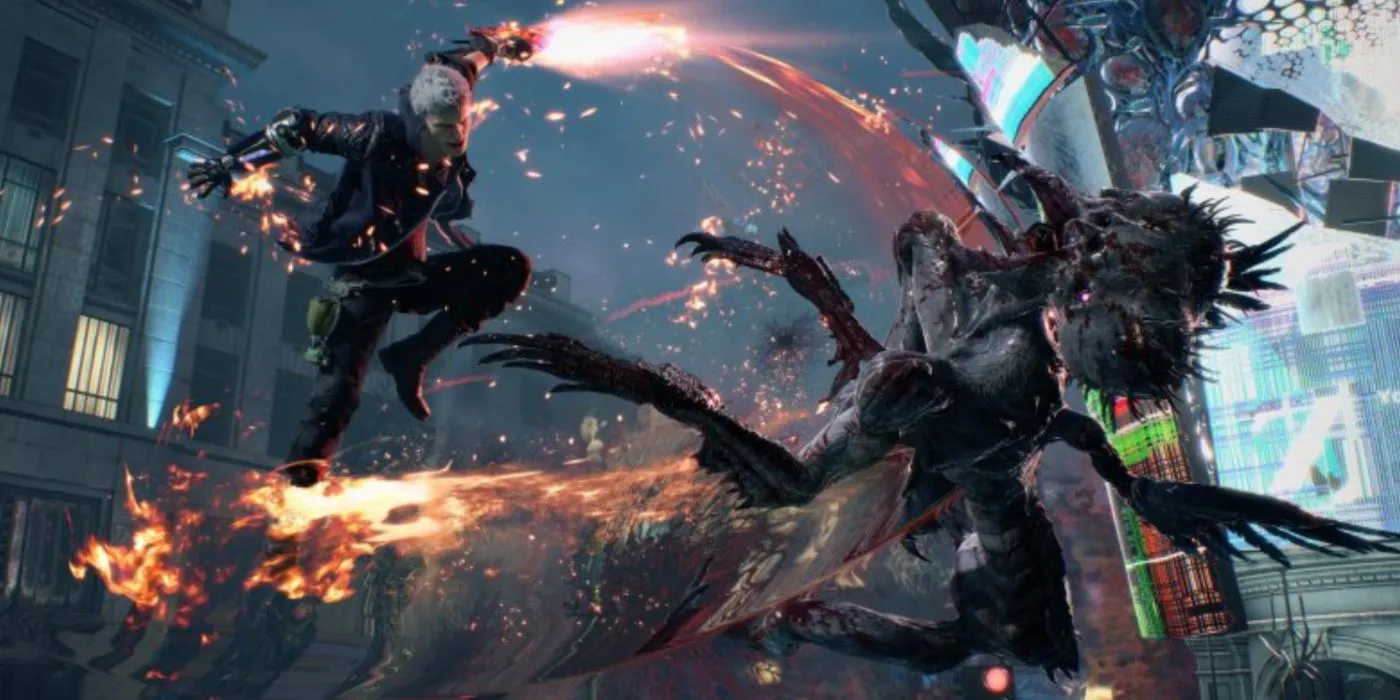
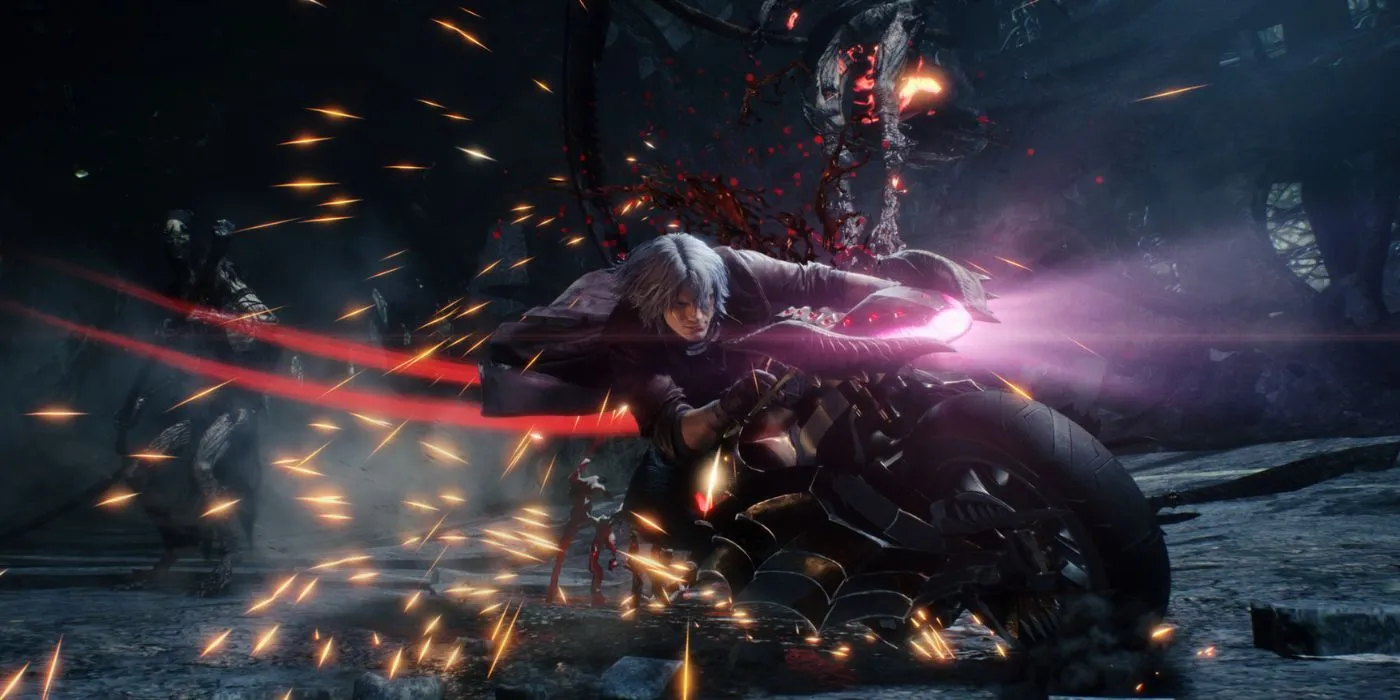
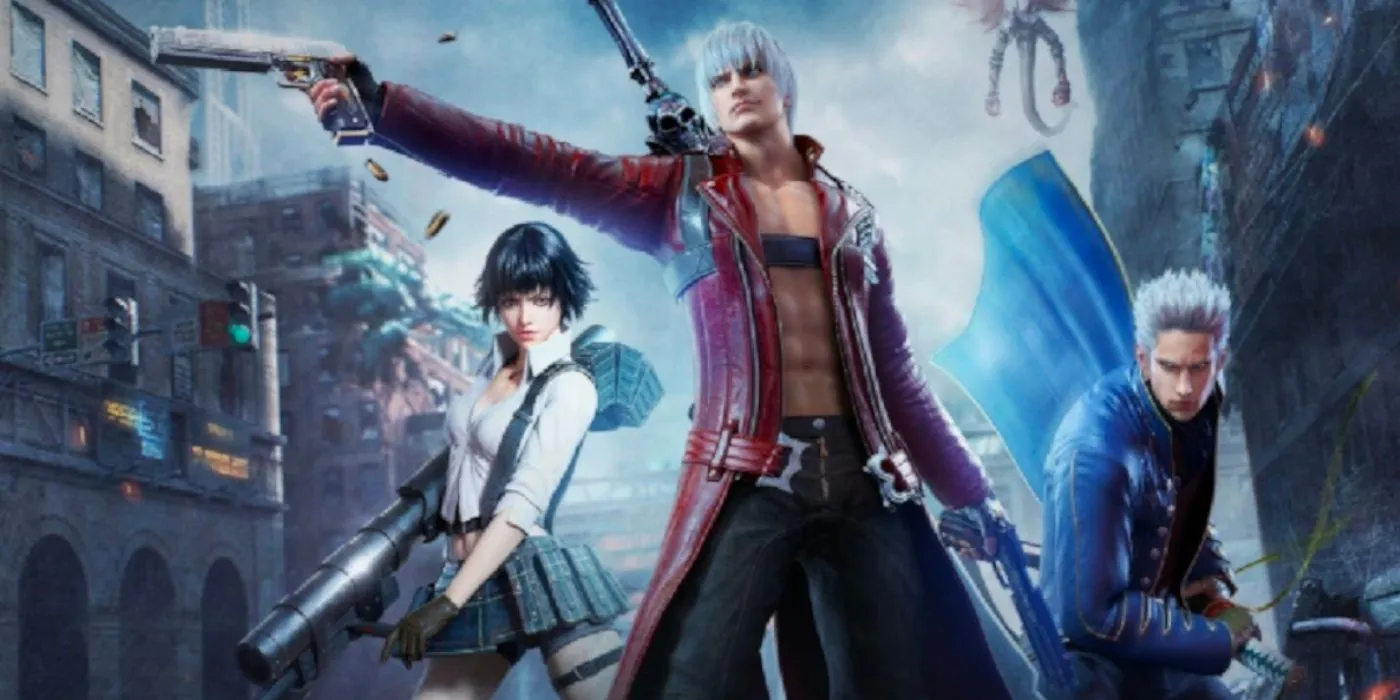
Originally conceived as a spin-off of the Resident Evil franchise, Devil May Cry showcases character names that echo Dante Alighieri’s monumental work, The Divine Comedy. The plot follows Dante as he navigates Hell, Purgatory, and Heaven, guided by notable figures such as Virgil and Beatrice. The narrative structure and themes, particularly the depiction of hellish atmospheres, serve as a foundation for the series.
Both protagonists, Dante and his brother Vergil, embody complex narratives reflective of their allegorical predecessors. Vergil’s character hints at Virgil’s own coldness towards the suffering souls in Dante’s journey, adding layers of depth to their conflict. Additionally, characters like Trish draw namesakes from Beatrice, simulating romance and emotional ties reminiscent of Dante’s own experiences. This intricate web of references enriches the storytelling.
8
Spec Ops: The Line’s Subversive Commentary
The Influence of Heart of Darkness
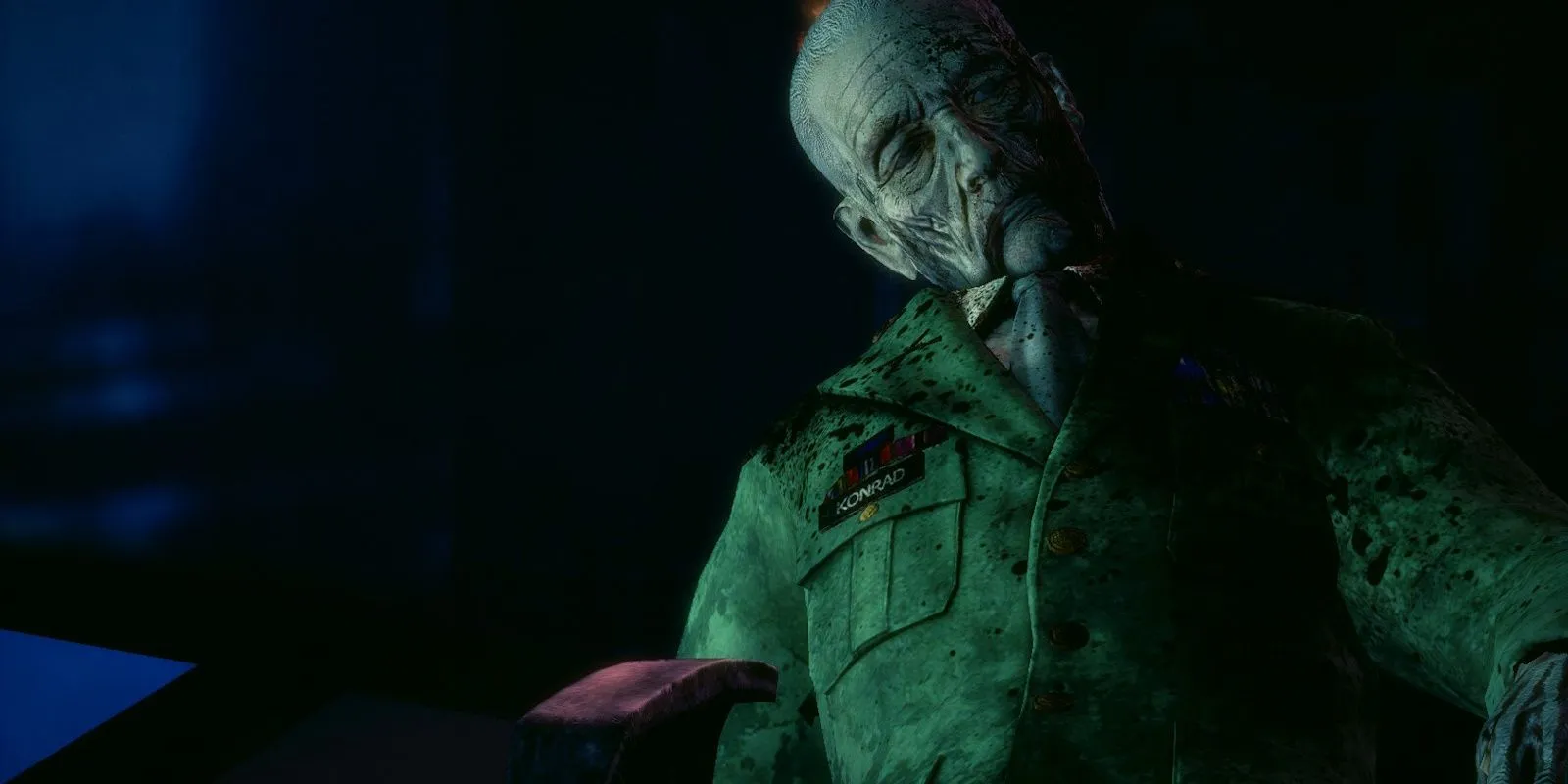

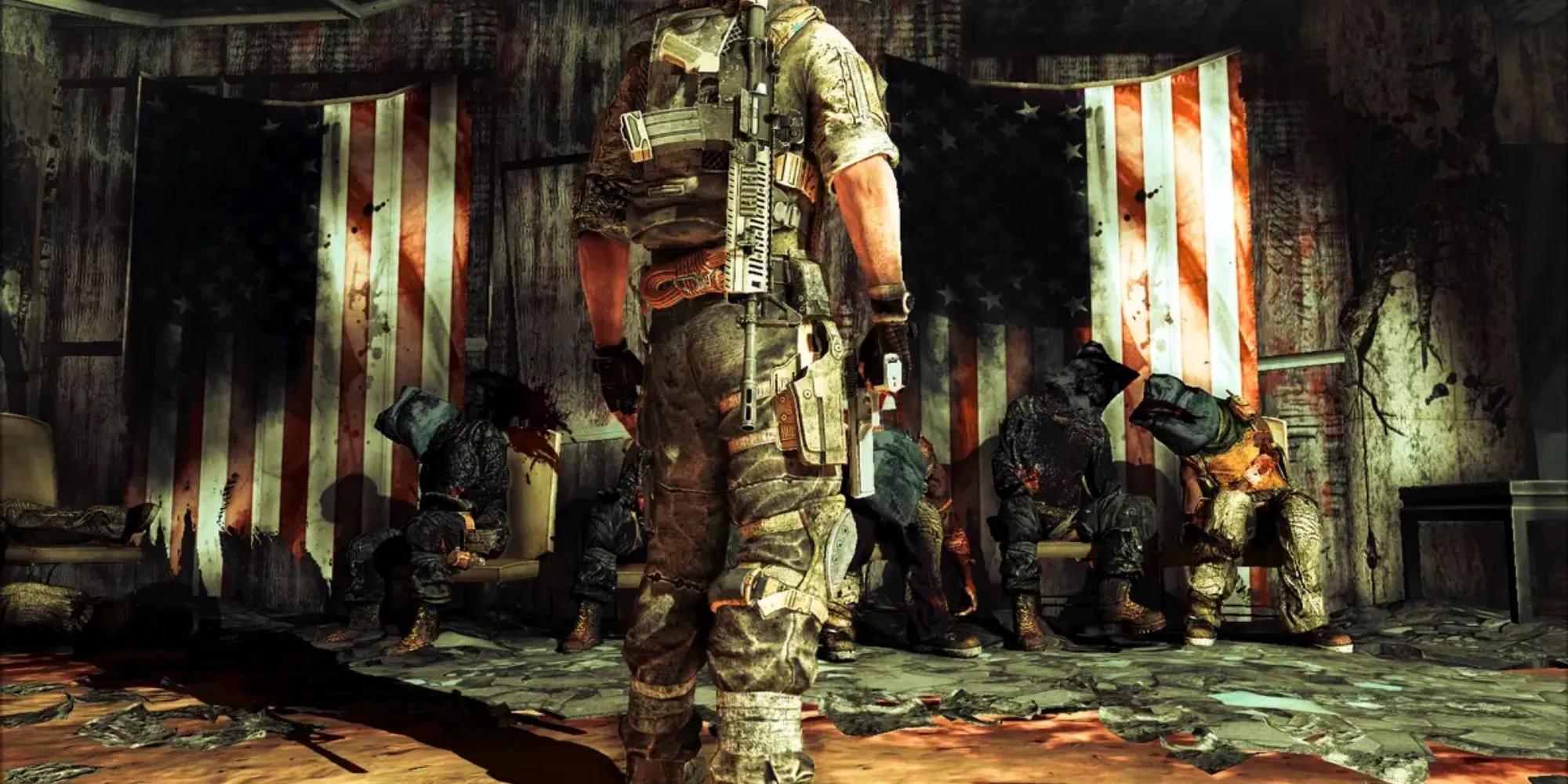
Renowned for its subversion of traditional gaming tropes, Spec Ops: The Line compels players to reevaluate their perspective on war in video games. Surprisingly, this title draws from Joseph Conrad’s classic novella, Heart of Darkness, as revealed by lead designer Cory Davis in a Digital Spy interview.
The fundamental theme of Heart of Darkness, which explores the dark capacities of humanity, resonates strongly with the ethical dilemmas faced by characters in Spec Ops: The Line. Both narratives scrutinize the brutal realities of conflict, employing their respective contexts to critique imperialism and modern warfare. This poignant reflection remains relevant today, paralleling the controversies surrounding military tactics in real-world scenarios.
7
BioShock’s Critique of Objectivism
Rapture as a Dystopian Reflection of Ayn Rand’s Philosophy
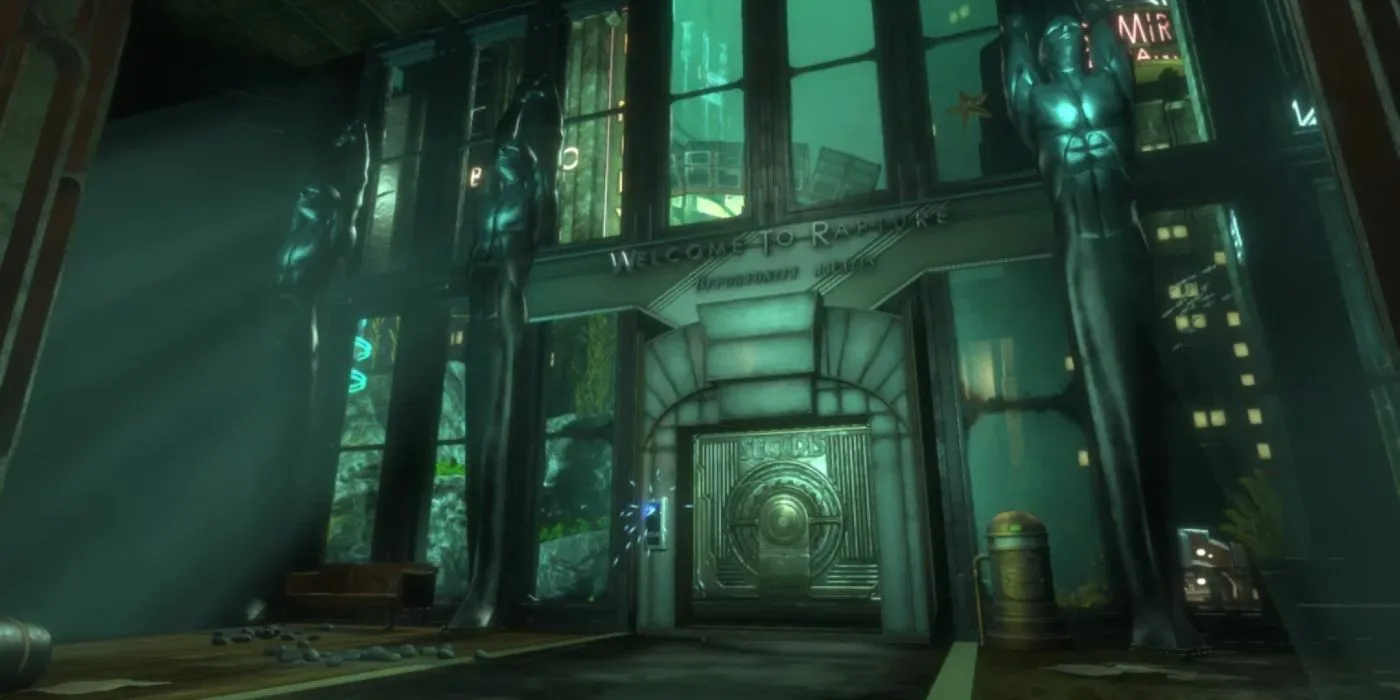
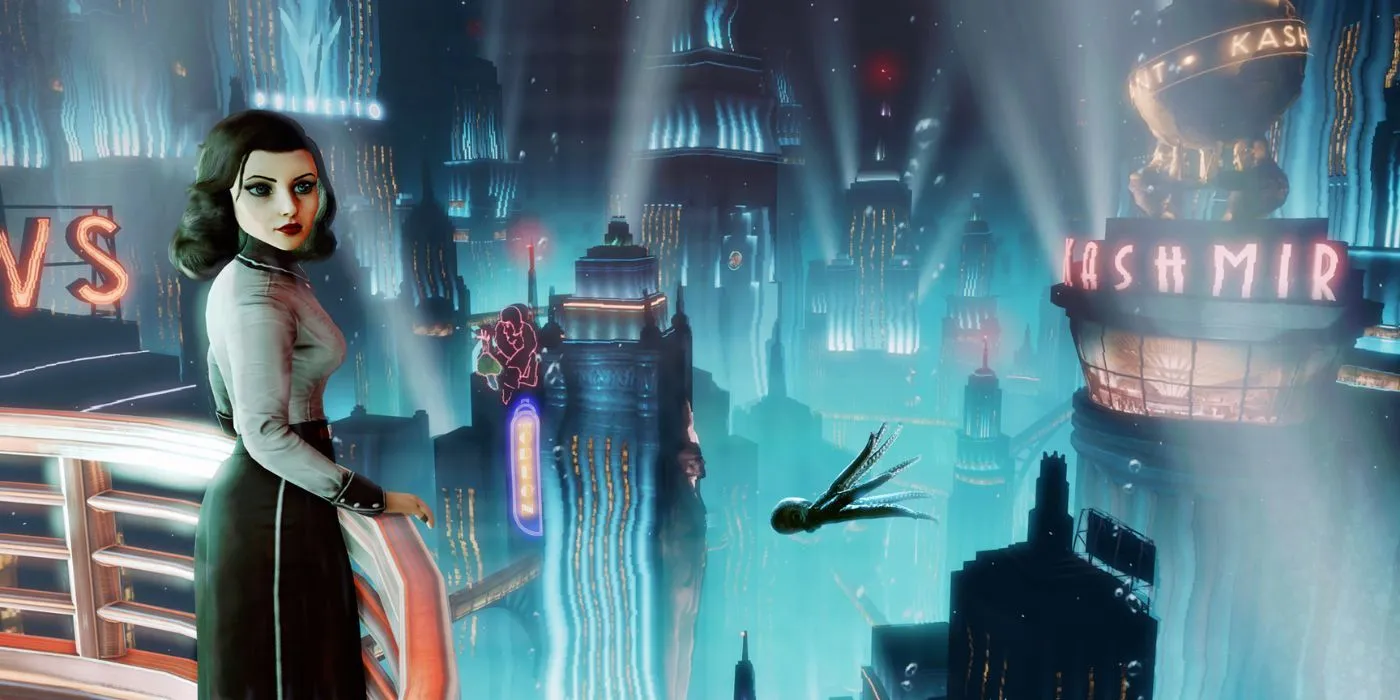
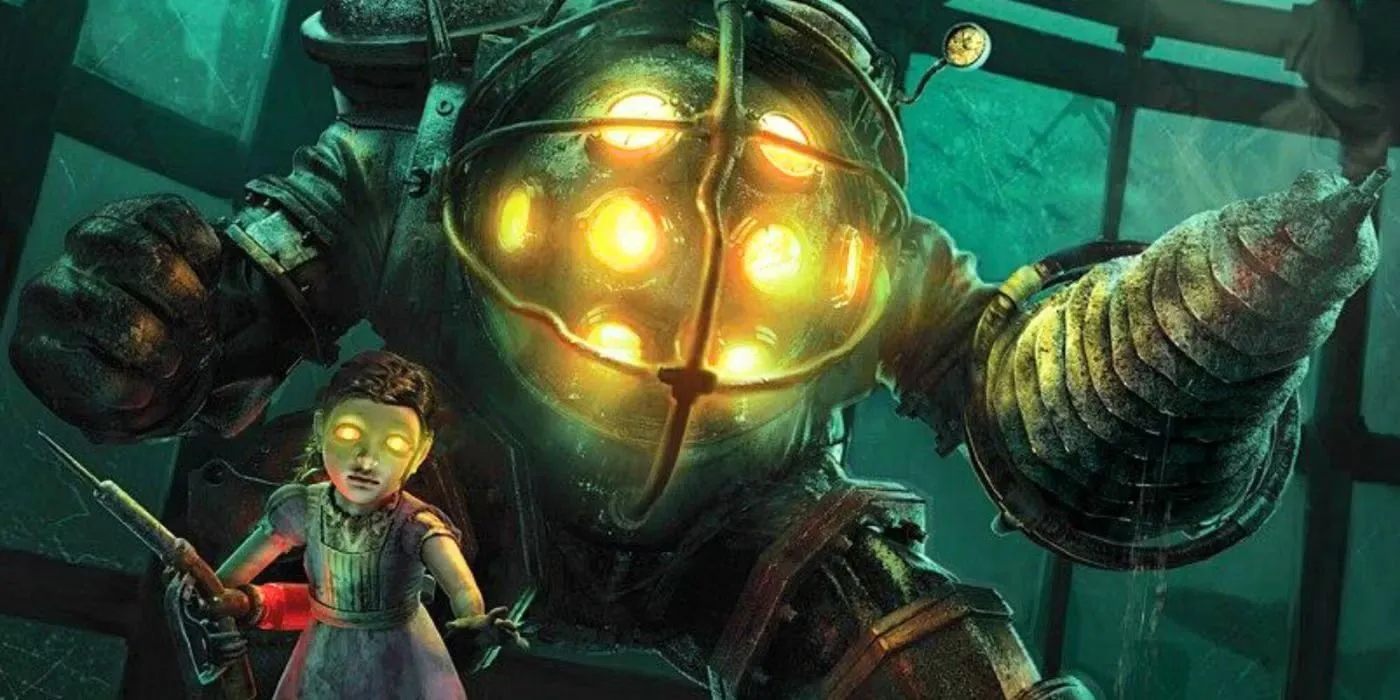
The BioShock franchise serves as a potent critique of Ayn Rand’s Objectivism, drawing inspiration from her novel Atlas Shrugged. In this interactive narrative, players navigate the dystopian underwater city of Rapture, which embodies the catastrophic consequences of unchecked individualism. Andrew Ryan, the game’s primary antagonist, mirrors Rand’s philosophy, showcasing the failures of a society built on such principles.
While the developers may have downplayed their reproach towards Rand’s ideologies in interviews, BioShock exemplifies a cautionary tale, indicating that a society founded on self-interest leads to ruin. The game starkly contrasts Rand’s utopian vision, articulating the adverse effects of promoting selfishness over community welfare.
6
Assassin’s Creed’s Historical Foundations
Alamut and the Real-Life Assassins
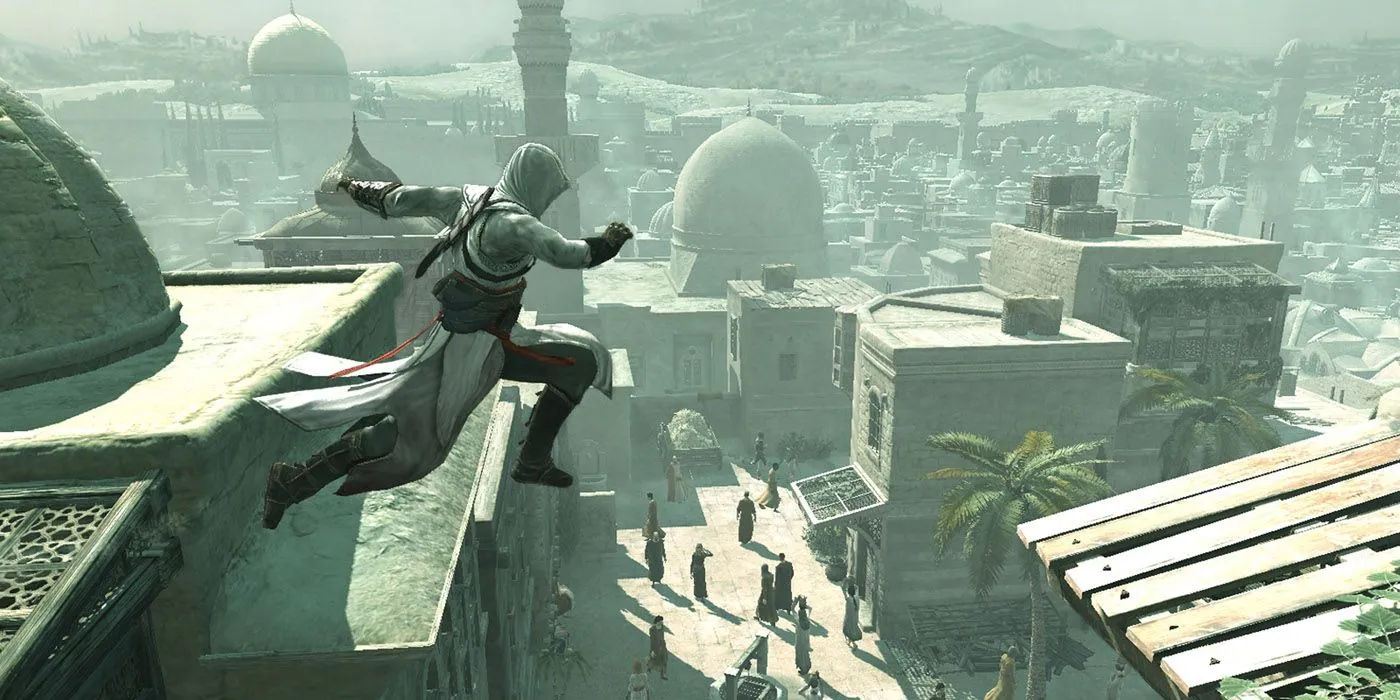
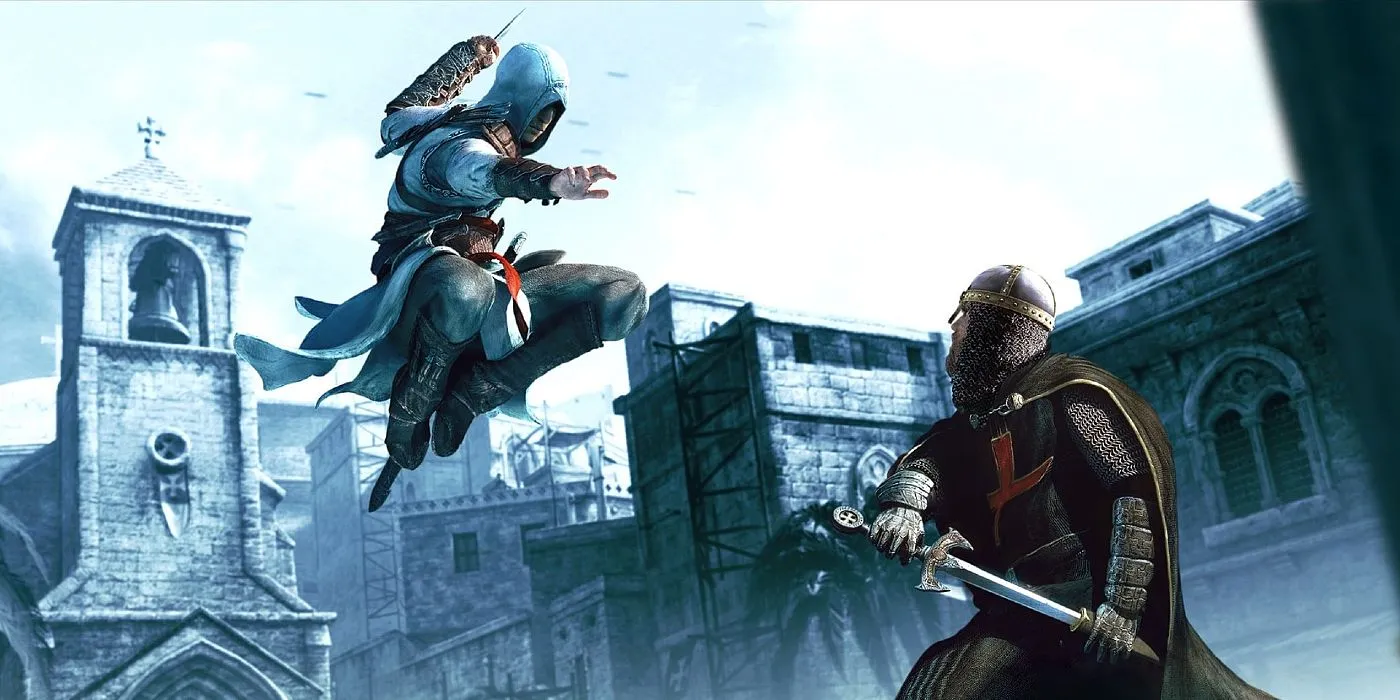
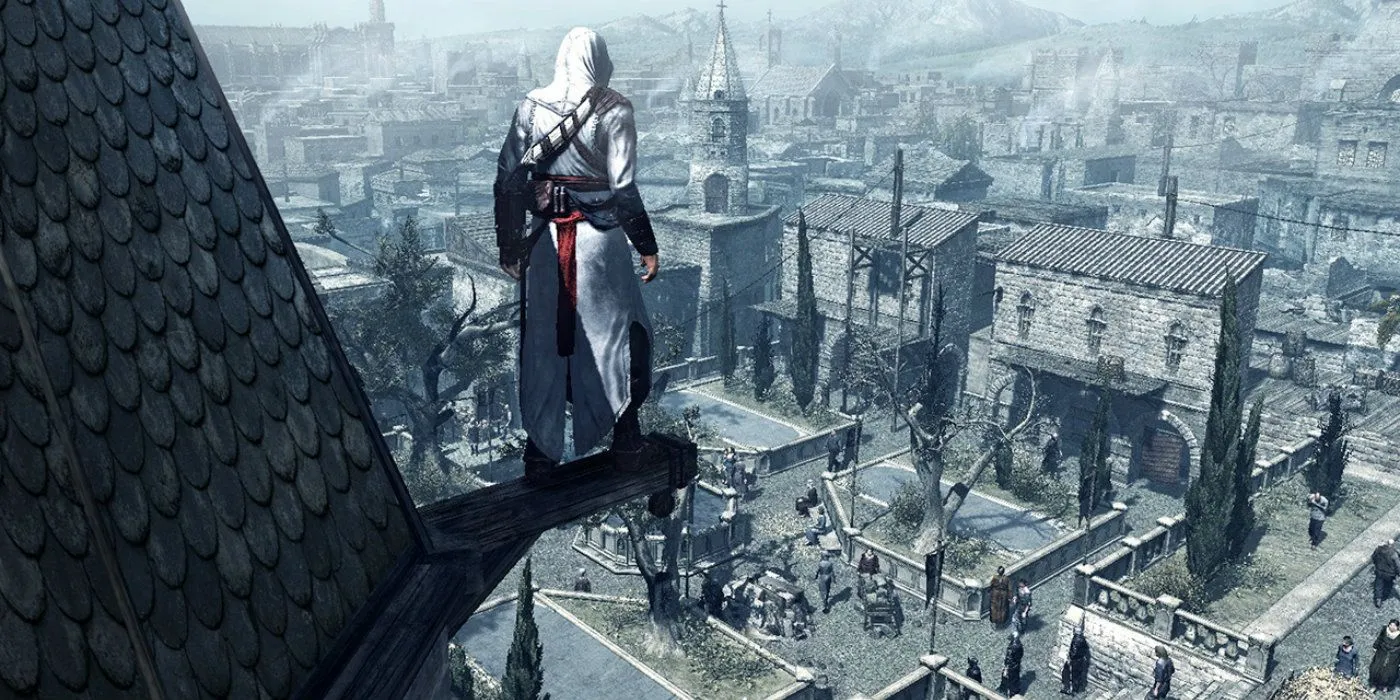
The Assassin’s Creed series artfully fuses historical elements and myth, drawing particular inspiration from Vladimir Bartol’s novel Alamut. Both the game and the book draw on the historical Order of Assassins, also known as the Hashshashin, intertwining fact with fiction to create a rich narrative tapestry.
A significant clue to the novel’s influence on the game is the Assassin’s creed: “Nothing is true; everything is permitted.”This phrase, originating from Bartol’s work, creates a philosophical touchstone that resonates throughout the series, further embedding the historical context into gameplay mechanics.
5
Far Cry 2’s Diverse Literary Influences
Interweaving Themes from Multiple Sources
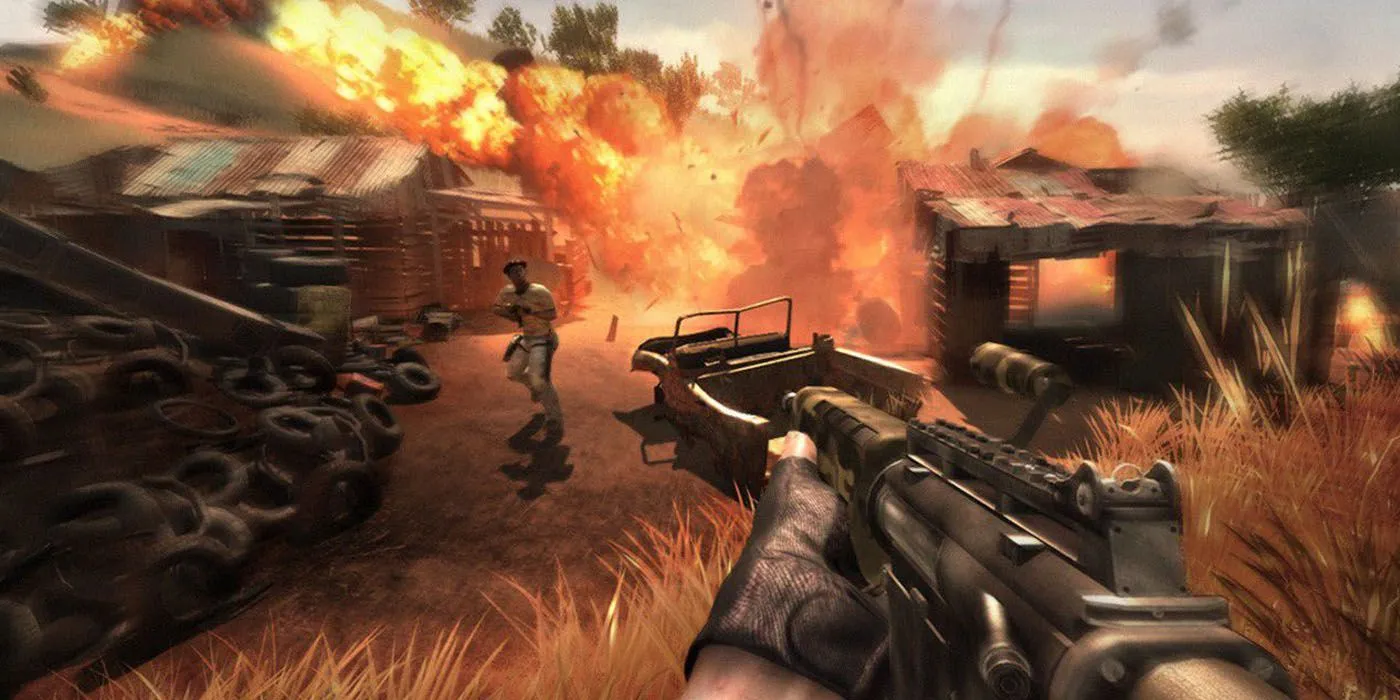
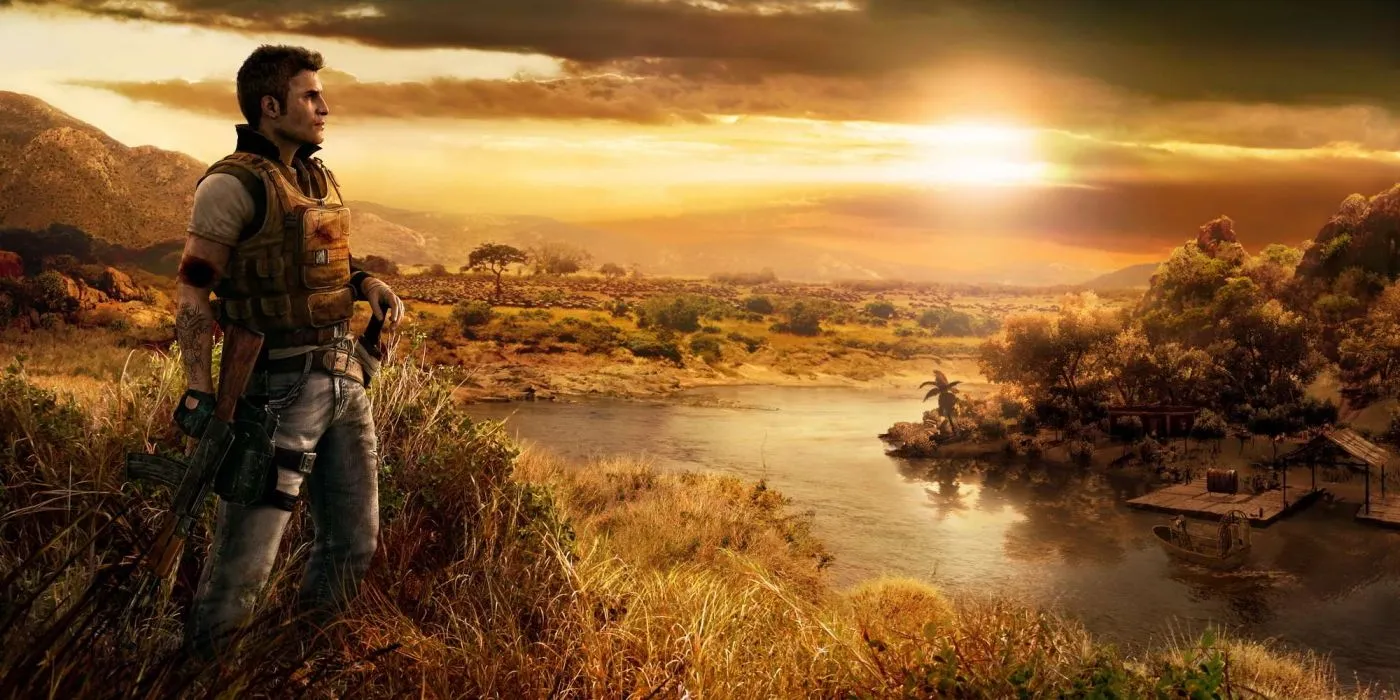
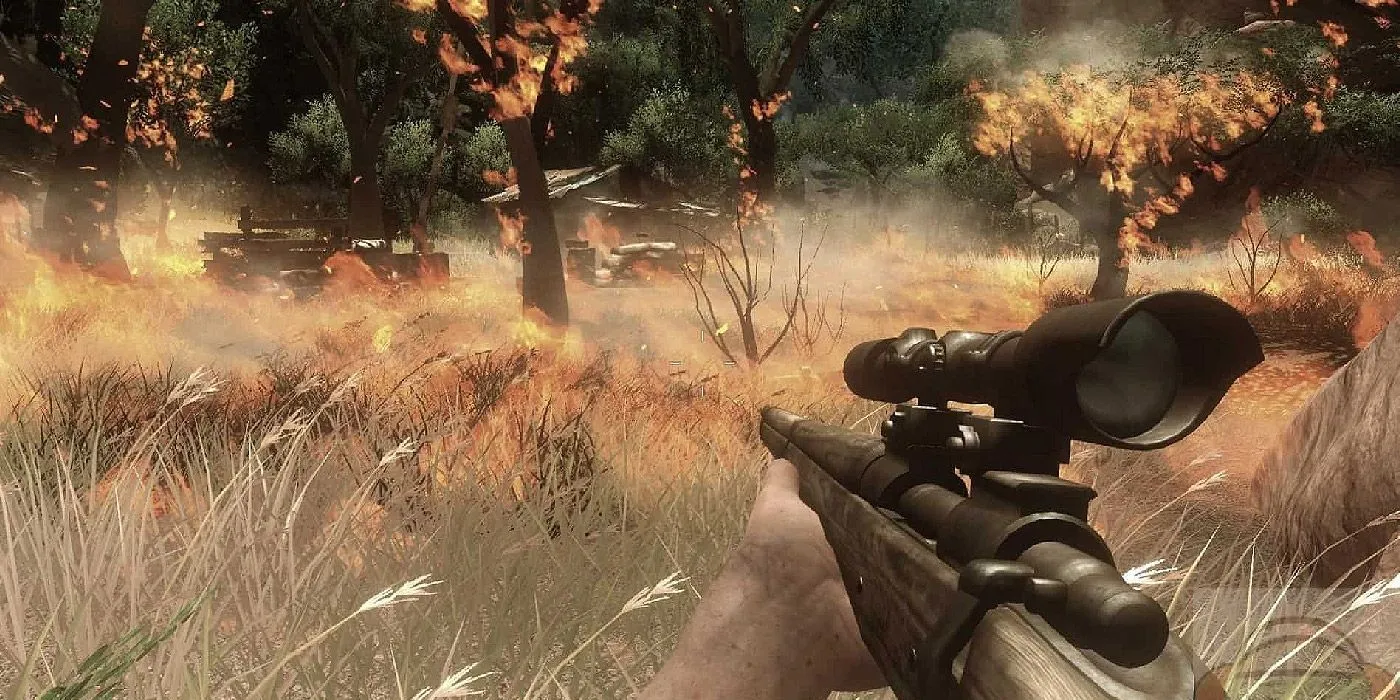
Far Cry 2 delves into the grim potential for violence inherent in human nature. Its thematic echoes resonate with Conrad’s Heart of Darkness, yet it also draws inspiration from Dashiell Hammett’s novel Red Harvest. Developers have indicated that this particular work informed the game’s narrative, which revolves around a solitary character navigating and influencing an ongoing conflict.
The Far Cry series has shown a consistent tendency toward literary inspirations, with its inaugural entry also drawing from H.G. Wells’ The Island of Doctor Moreau, illustrating a profound engagement with classic literature that enriches its storytelling.
4
Dynasty Warriors and Historical Fiction
Grounded in Romance of the Three Kingdoms
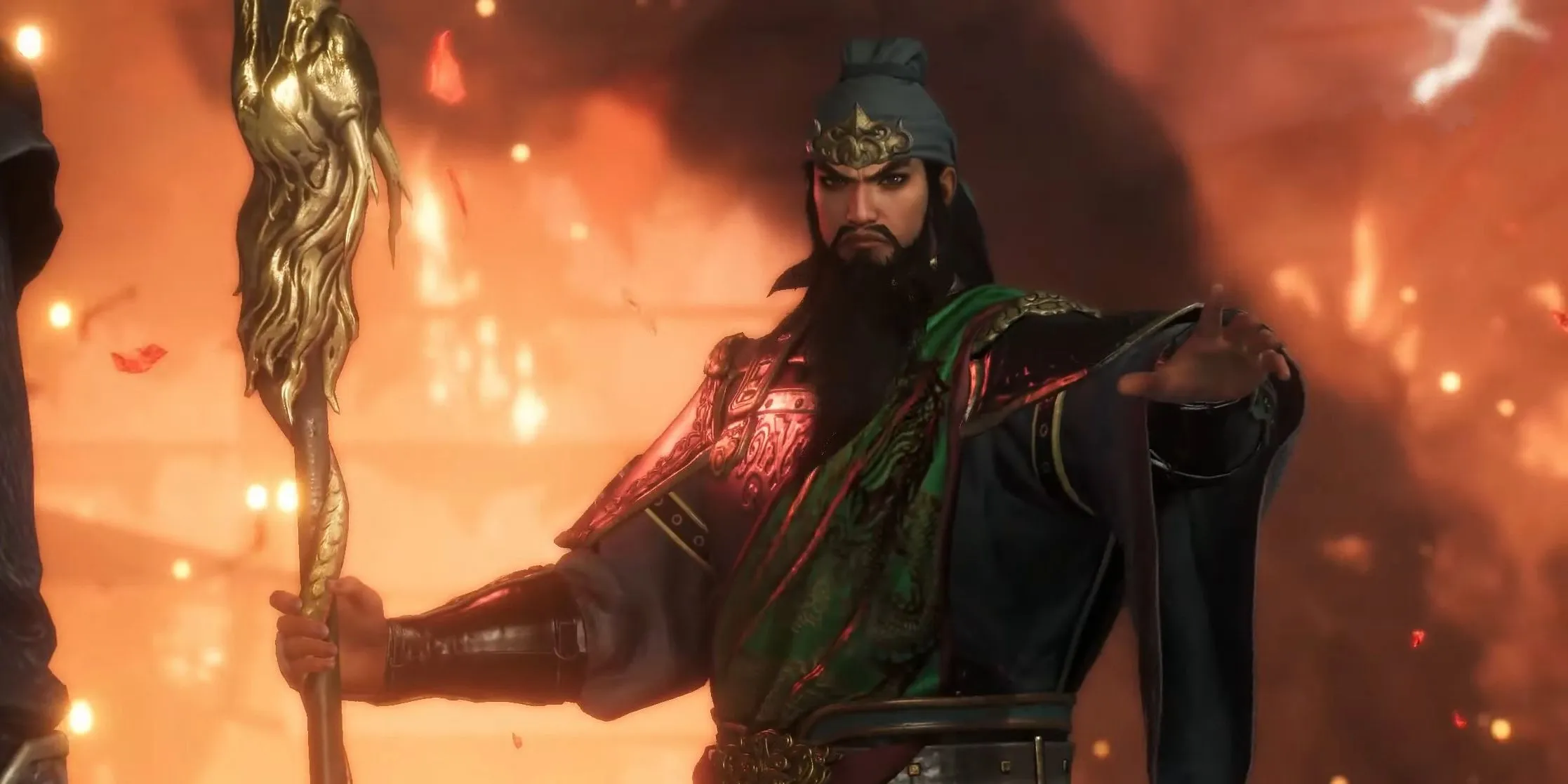
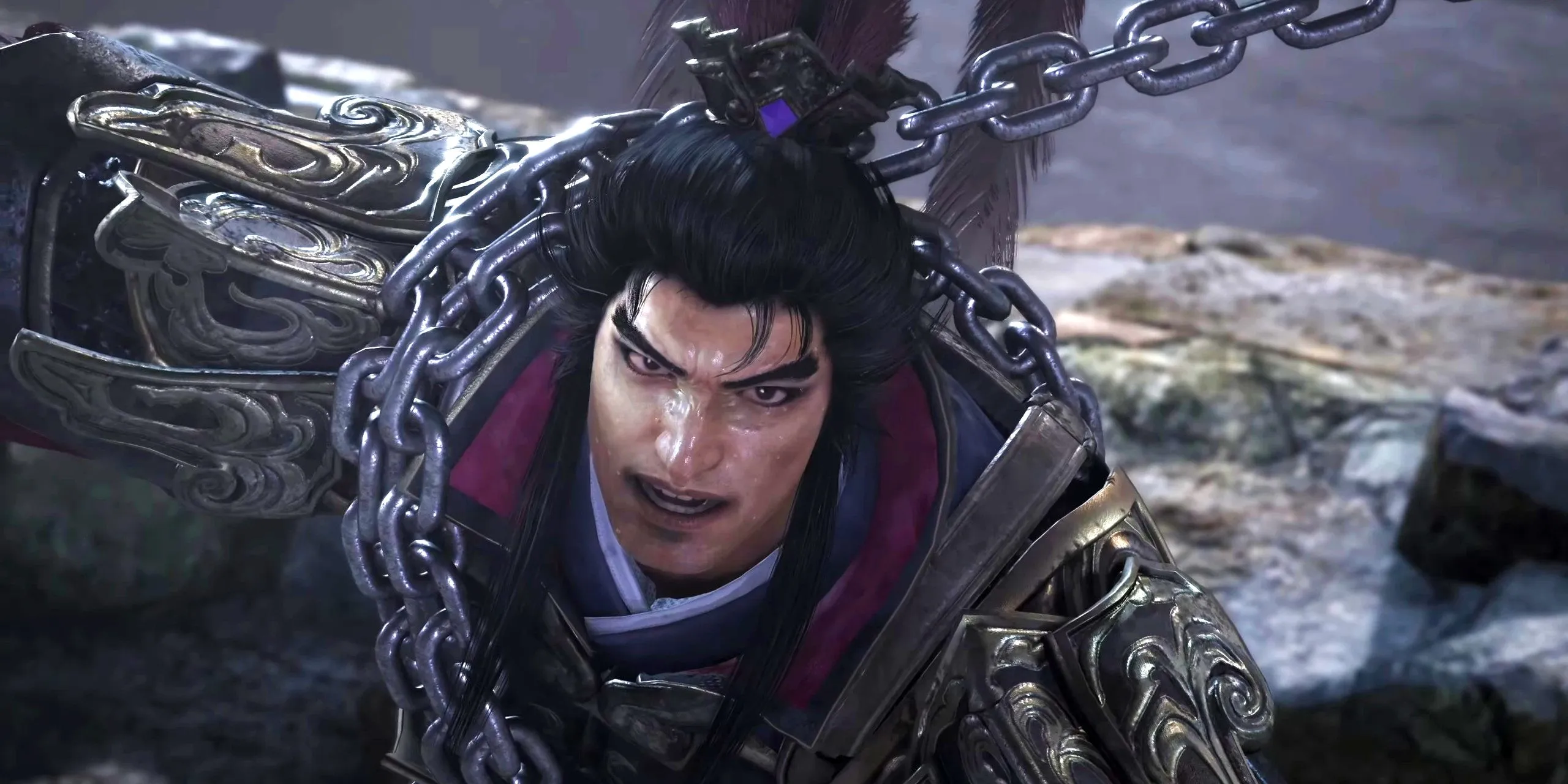
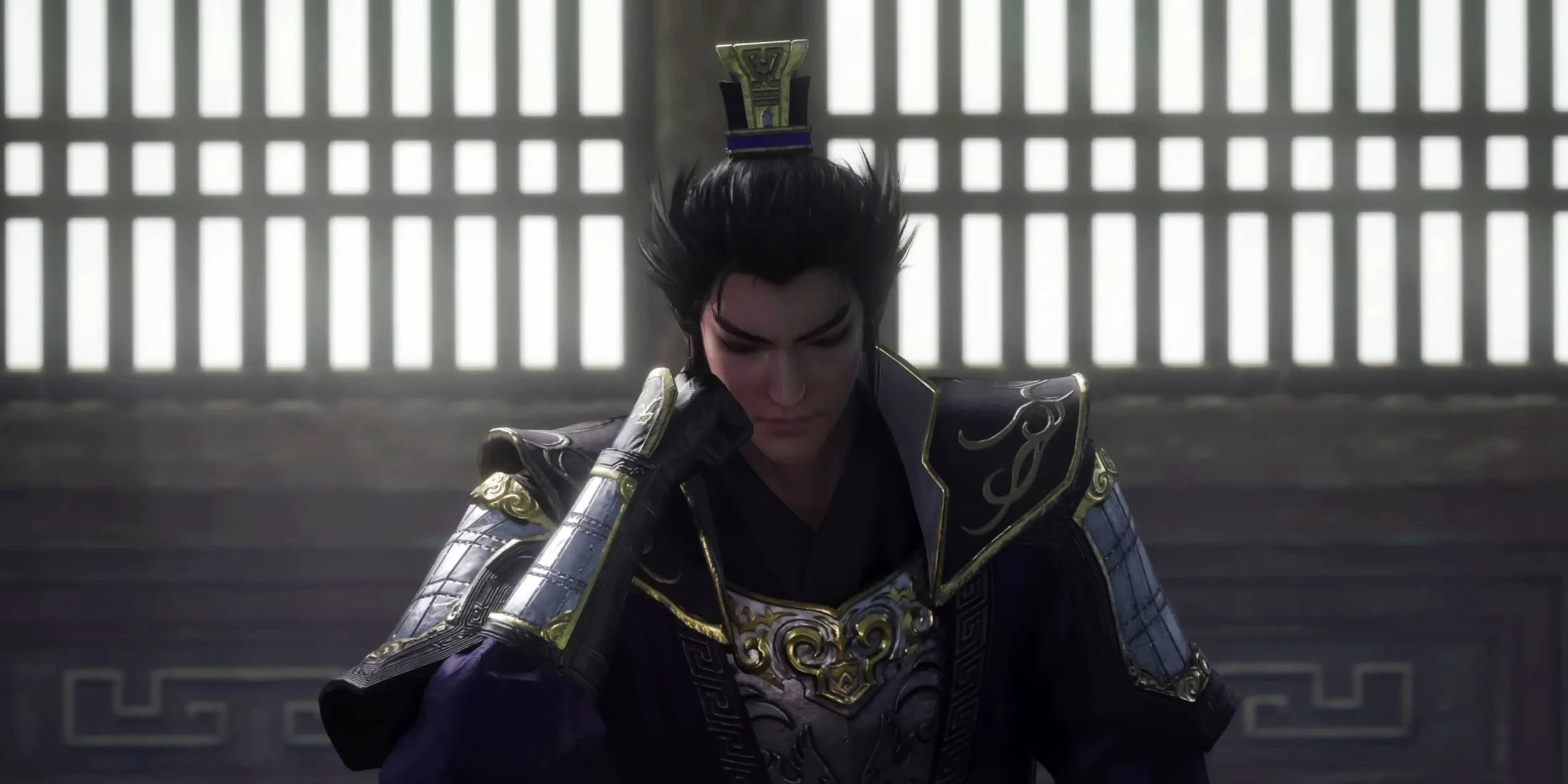
Dynasty Warriors may evoke images of hack-and-slash action today, but its origins lie within the turn-based mechanics of the Romance of the Three Kingdoms game series, which itself is based on the historical novel attributed to Luo Guanzhong. This classic narrative recounts the tumultuous era of China’s Three Kingdoms period.
The initial entries in the Dynasty Warriors franchise blurred the lines between historical fact and fiction. Characters were often based on real historical figures, indicating that the games are deeply rooted in an interpretation of these rich historical texts.
3
Black Myth: Wukong’s Cultural Significance
Echoes of Sun Wukong in Gameplay
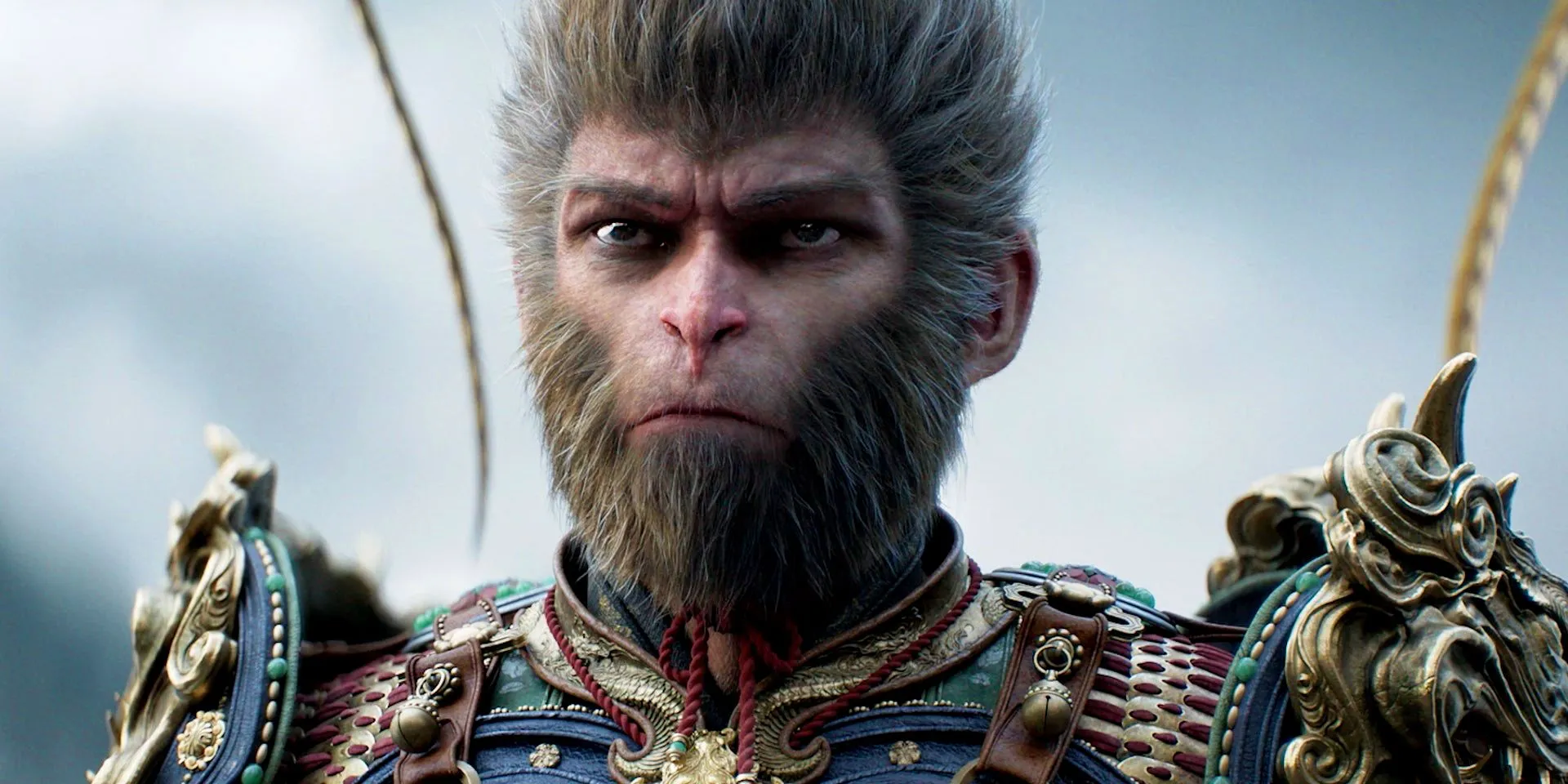
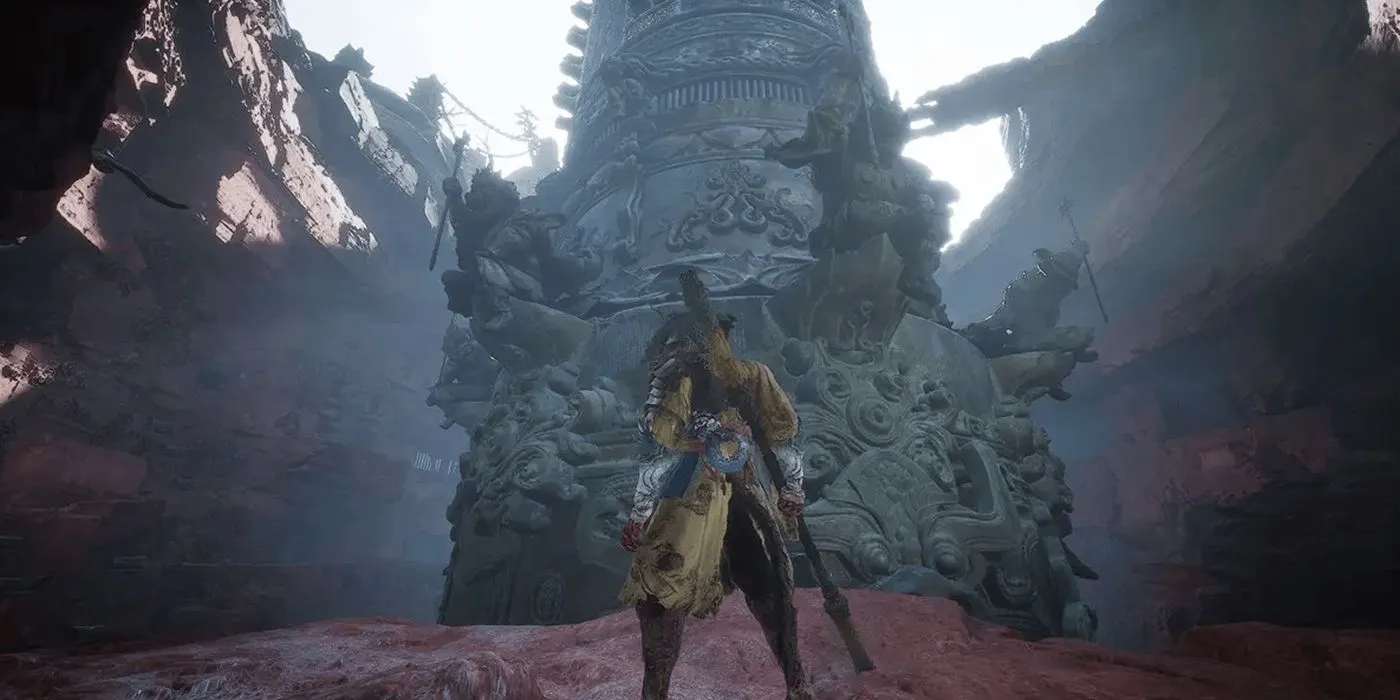
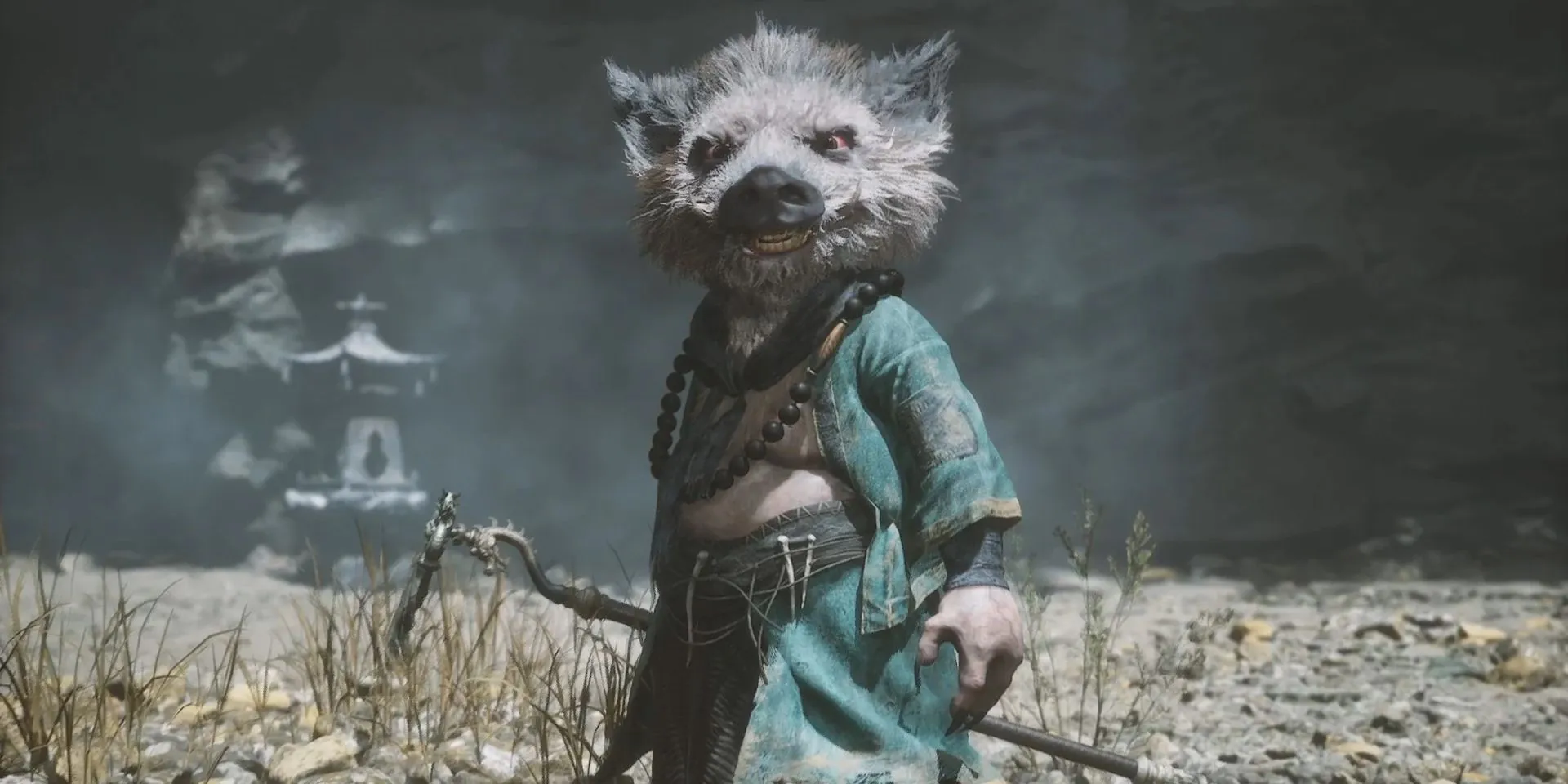
Black Myth: Wukong has emerged as a cornerstone of the Chinese gaming industry, drawing substantial inspiration from the cherished 16th-century novel, Journey to the West. The character known as the Destined One mirrors the iconic monkey warrior, Sun Wukong, who wields a legendary staff.
The staff in Black Myth: Wukong resembles Sun Wukong’s Ruyi Jingu Bang, known for its size-altering capabilities. While the game incorporates significant elements from the classic tale, it manages to carve its own narrative path, showcasing the cultural depth of the source material.
2
Fallout’s Eclectic Inspirations
A Convergence of Post-Apocalyptic Narratives
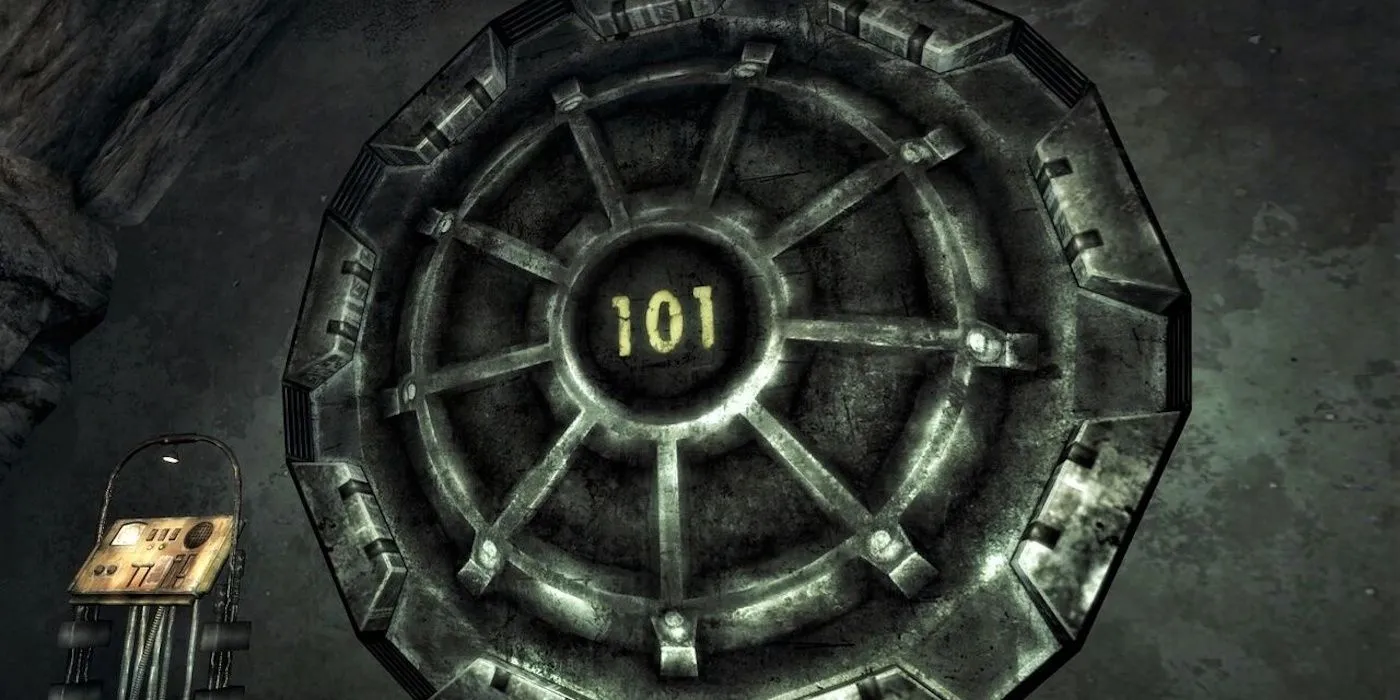
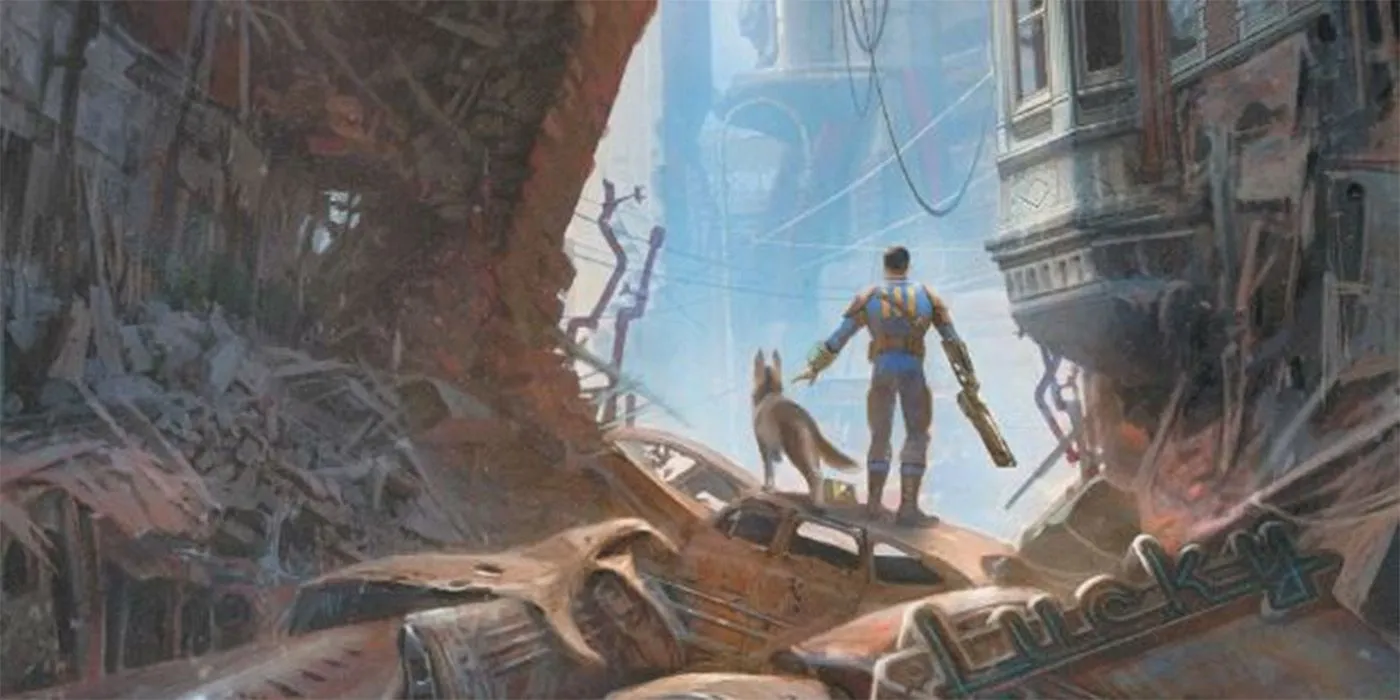
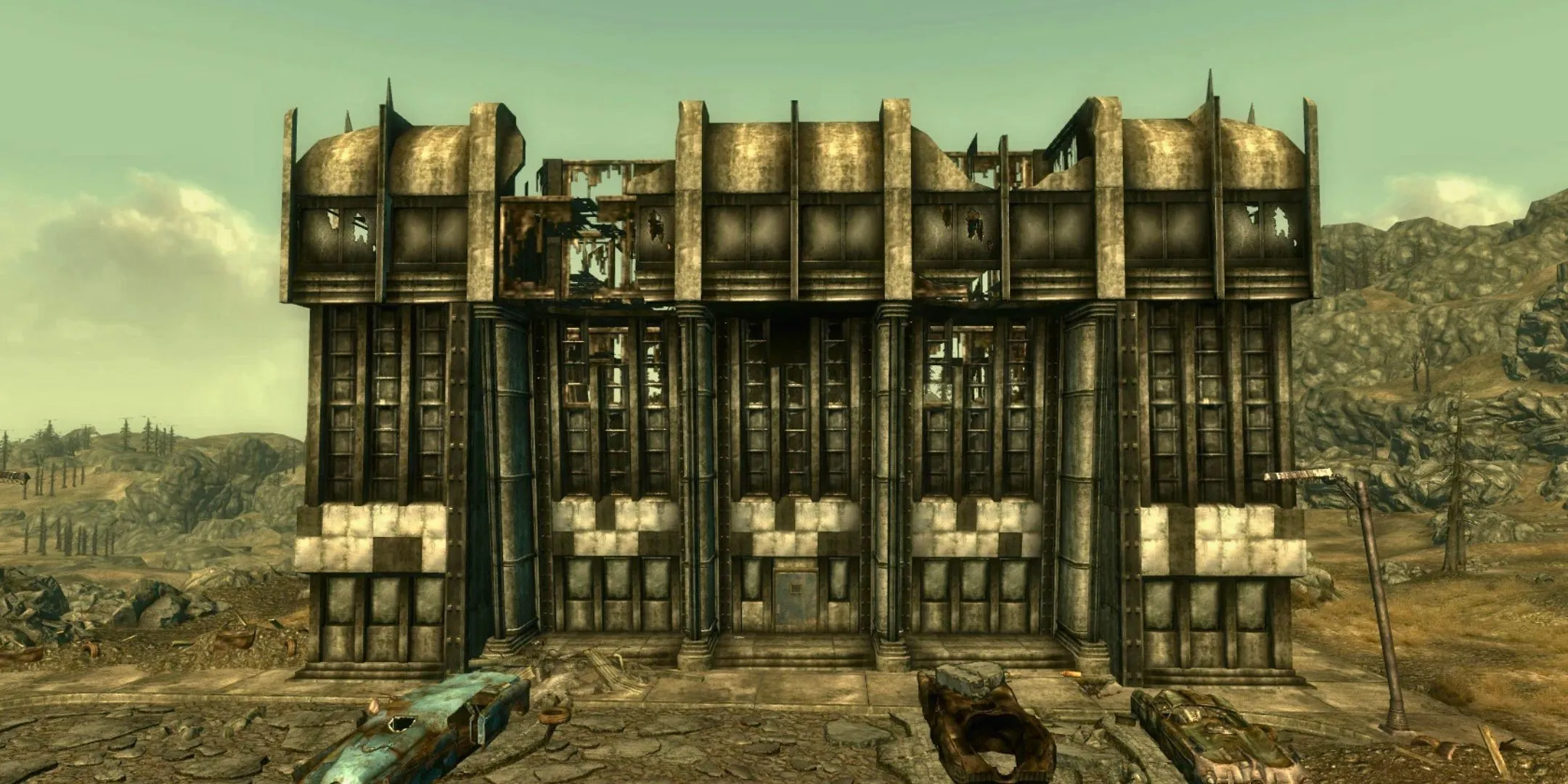
The Fallout series captivates with its multitude of inspirations, particularly the novella A Boy and His Dog by Harlan Ellison, which explores a post-apocalyptic landscape shaped by nuclear war. Like the game, it features underground shelters aiding survival.
Beyond this core inspiration, Fallout draws from a variety of sources, such as the film Mad Max and the eerie narratives of H.P. Lovecraft. Such diverse influences contribute to the franchise’s unique identity, making it both a homage to existing works and a distinct entity.
1
EarthBound’s Literary Roots
Inspirations from Stephen King’s The Talisman
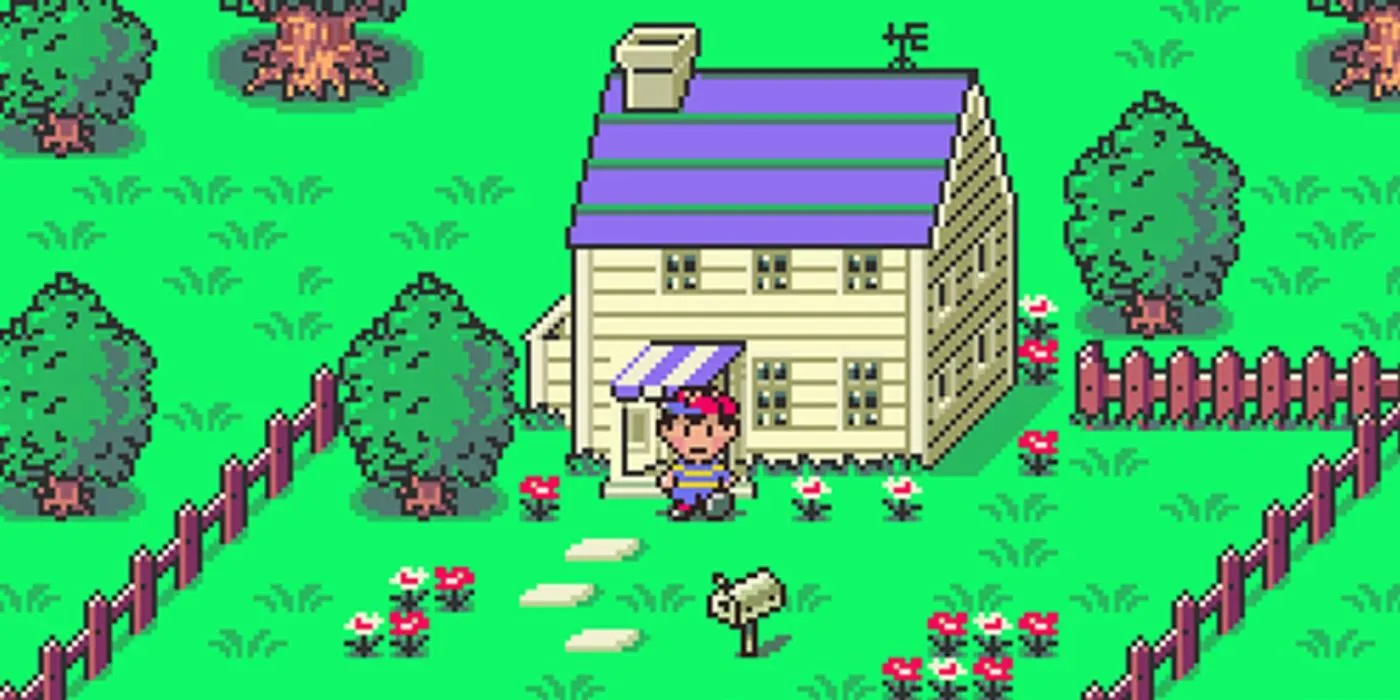
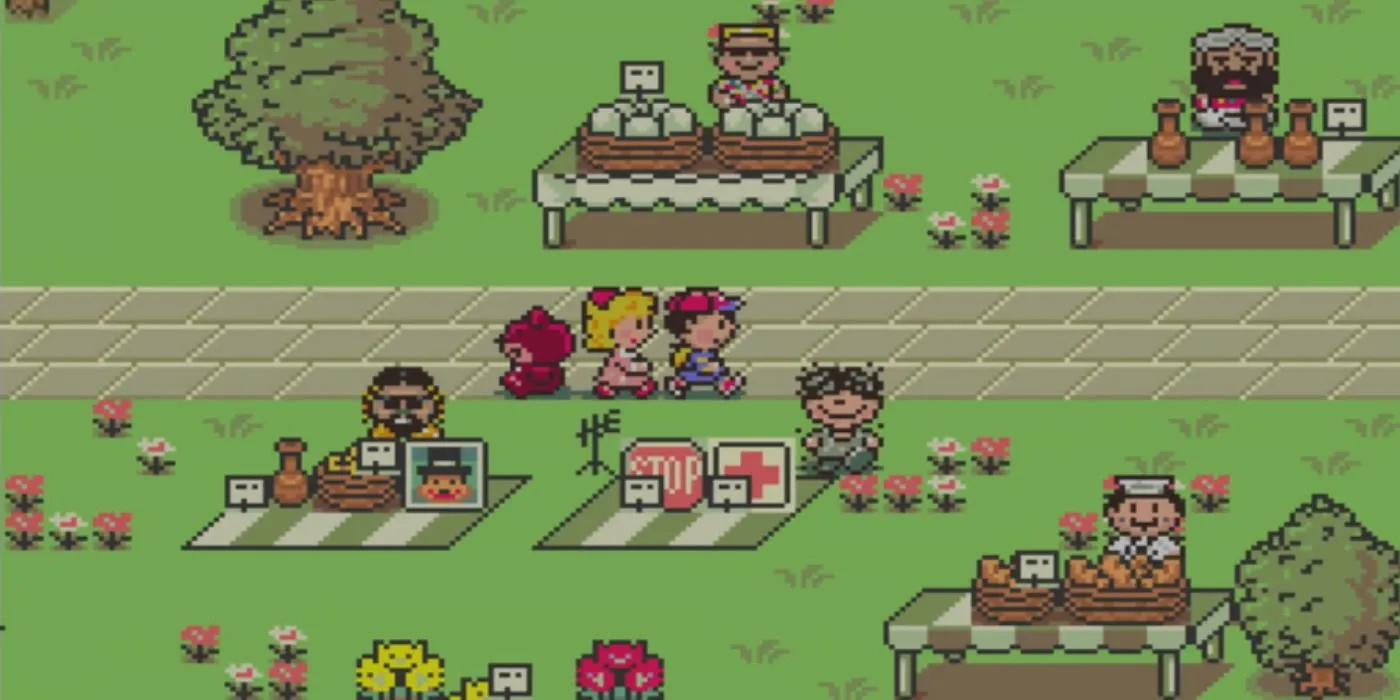
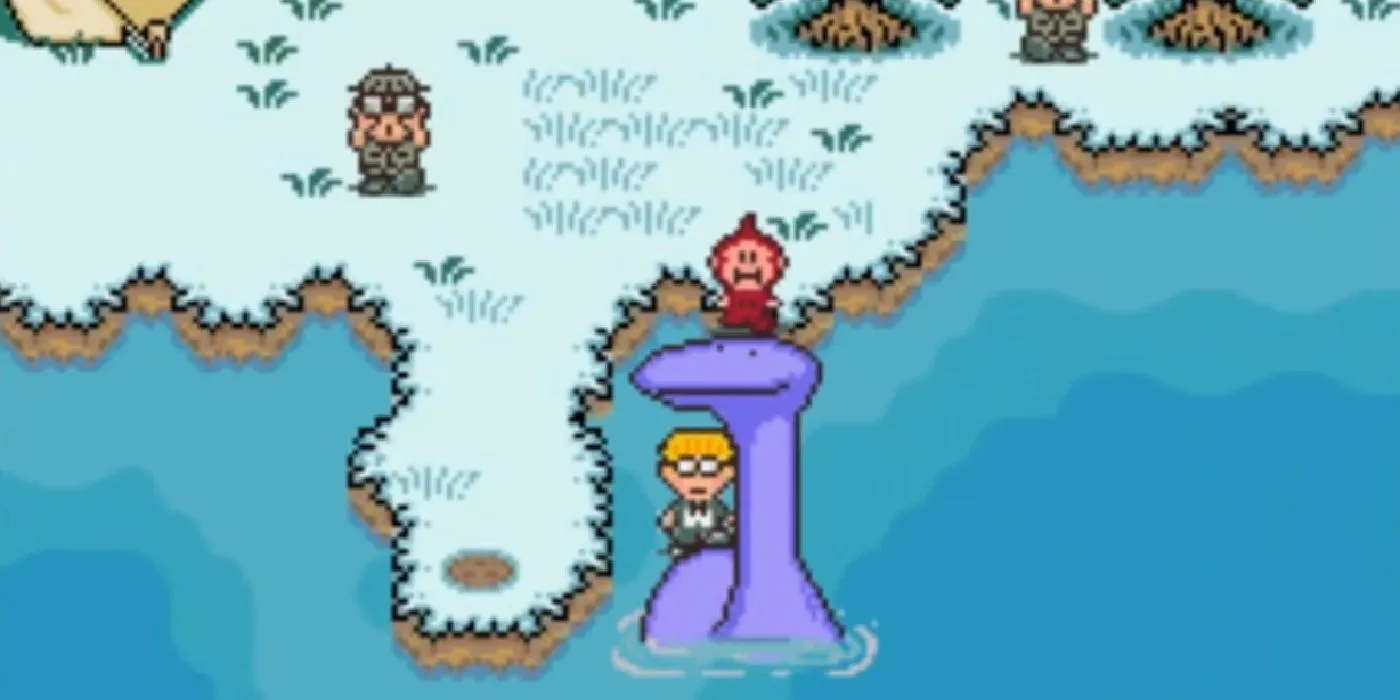
Even for those less familiar with gaming, EarthBound is likely known through its protagonist, Ness, who has found fame in the Super Smash Bros. series. This game serves as the sequel to Mother, a title that drew influence from The Talisman by Stephen King and Peter Straub, as revealed by director Shigesato Itoi in an interview with Da Vinci.
Itoi has expressed admiration for the emotional undertones in The Talisman, underscoring that inspiration often doesn’t need to be direct. While specific plot elements from the novel may not reappear in Mother, the foundational feelings and themes inspired by reading are sufficient to foster new creative expression.
